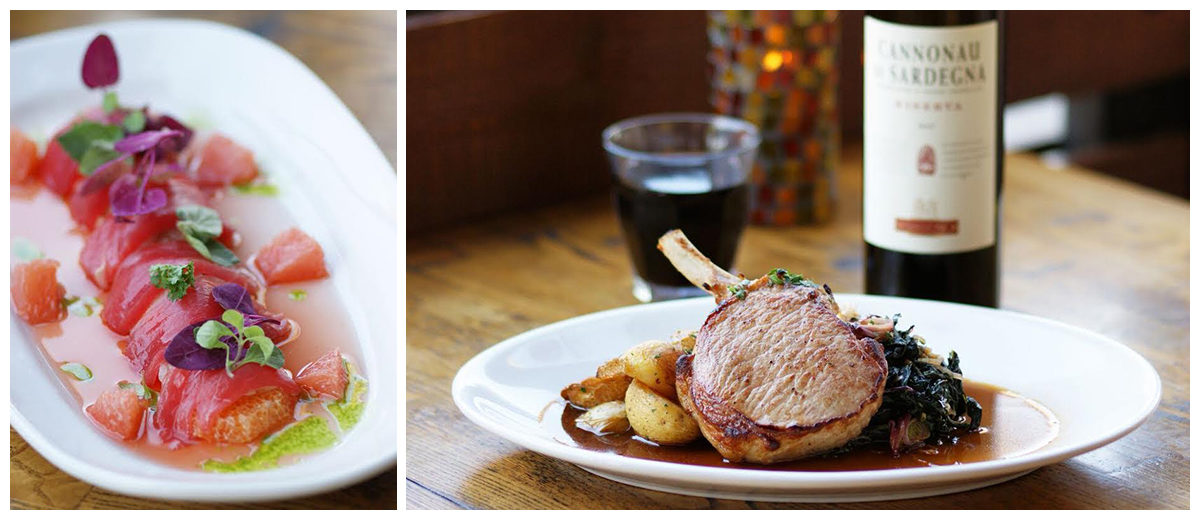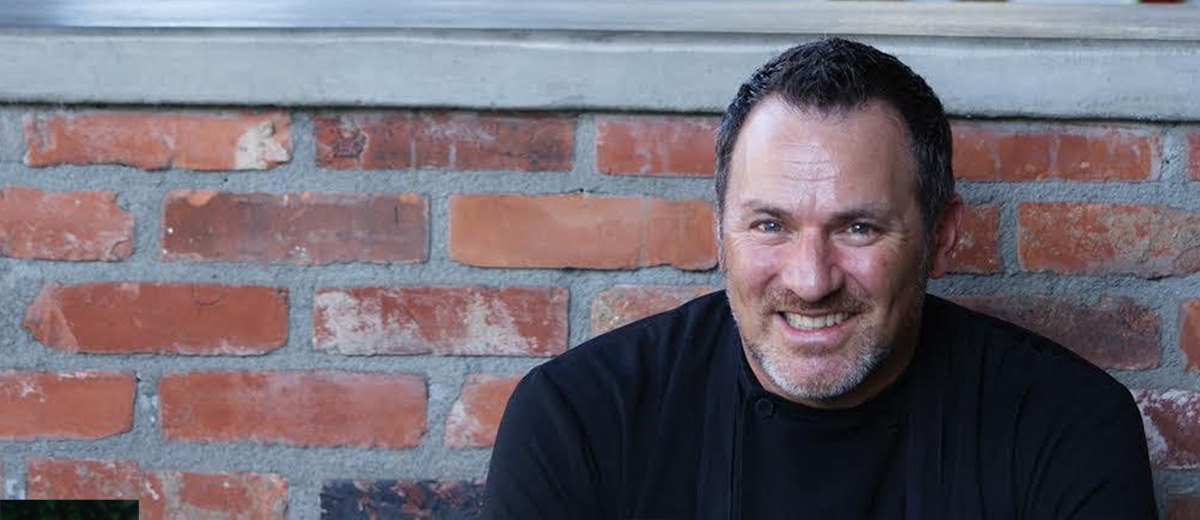Glen Tinsley started the journey like any chef before him, working the line. Tinsley worked his way through kitchens in San Francisco such as The Fly Trap, Napa Valley Grille, and Ottimista, before landing a stage at an agriturismo (farm and bed & breakfast hybrid), Antica Fattoria La Parrina, in Albinia, Italy; located in Tuscany’s coast. There, Tinsley had the chance to truly embrace the culture and the chance to serve dishes that were made-up solely with ingredients found and produced at the farm and on site.
Today, Chef Tinsley is back in Southern California and leading the kitchen at Bruno’s Italian Kitchen, in Brea, California. Chef’s Roll recently had the chance to pick his brain and discuss the vast differences between cooking in Southern California versus the Tuscan coast.
How did your culinary journey start?
Peter [the owner of Bruno’s] will hate this answer, but my journey actually started while working in the back of the house. I was fortunate enough to have two really great chefs who I worked for and that’s really where I became more interested in actually learning about the food on the plate as oppose to just putting food on a plate, They were the ones who pushed me to go to culinary school, that was probably their inside joke because I failed to mention what a meat grinder restaurant kitchens are.
You previously worked at Antica Fattoria La Parrina an agriturismo (farm and bed & breakfast hybrid) in Albinia, Italy located in Tuscany’s coast. How did this opportunity to work aboard come forth?
Having the opportunity to work and live in Tuscany was definitely the best experience of my career. I was fortunate enough to be invited there to do a stage through my old restaurant Ottimista Enoteca in San Fransico and it just kind of morphed into me staying at La Parrina for the next year.
What are some of the difference you encountered when working in Italy, and specifically in the Tuscan area, compared to working at a kitchen in the U.S.?
There is no comparison. I lived and cooked on a working farm. We chose what to have on the menu every day. I drove to the fish market every morning at 430am and chose to make the menu from what they caught. I couldn’t just pick up a phone and look at a list and pick. If the fish guy didn’t have live baby cuttlefish then they weren’t on the menu. If he didn’t have fresh head-on shrimp then I couldn’t substitute frozen ones. We milled our own grain for pasta, made cheese from the goats and sheep that were milked that morning, pressed olives to make extra virgin and dispatched rabbits, pigeons, and lamb for our proteins… I think a lot of cooks in America would be hard pressed to say they got to have that experience here.
Your travels to Italy have taught and inspired your work. What is your creative process when incorporating these memories on a menu while also noting your U.S. audience?
Ahhhhh, the US audience. More specifically the South Orange County, California audience. I’m not sure what it is about OC but I’m gonna venture out on a limb and say that it was too much California Pizza Kitchen and TGIF growing up. As a whole, they are the least adventurous diners I have ever tried preparing my menus around. There are very good restaurants in Orange County, such as Taco Maria, The Playground, Broadway, which all have chefs who are very talented, but I think Orange County is still in the infant stages on the culinary landscape.As far as my creative process goes when coming up with new dishes or menus, I tend to be very visual creativity-wise, I will see an ingredient and then the process of creating around it begins. As far as re-creating dishes from Tuscany, I don’t. We live in California, different types of ingredients and just an overall different feeling.

How would you describe your style of food?
Describe my food? I guess if I had a gun to my head, I would say market-driven Orange County regional Italian. Brunos Italian Kitchen is definitely Italian and we pull ideas from different regions of Italy. I don’t really like describing my food, I just want people to enjoy it.
How do you incorporate your Tuscan culinary experience with Chef Peter’s Venetian inspired menu at Bruno’s Italian Kitchen?
I honestly don’t think ‘incorporate’ is the right word. Italy is Italy, and every village near Venice has a version of sarde en soar or squid ink risotto and each village will be different. Again, we are in Southern California so the ingredients are completely different. The basil even tastes different. So when we conspire on a dish, the heart of the dish is Italian but we build it with California ingredients. I think we both have a different approach to cooking and that helps each of us by being able to take a different perspective on the creation of those plates.
How have you evolved as a Chef throughout the course of your career?
I would like to think I’m still evolving and I would rather be known as a great cook. Anyone with a culinary degree can call themselves a chef.
Has there been a notable chef, space or experience that has inspired you throughout your journey?
Italy, San Francisco and Napa Valley were all very inspirational. The Fly Trap restaurant, Napa Valley Grille in Yountville, Joe’s Restaurant in Venice Beach, Antica Fattoria La Parrina in Tuscany.
Best piece of advice you’d give to someone just starting their journey in the culinary industry?
Pick another profession.
Finally, what is next for you?
Right now my focus is new spring menu items and to keep pushing our menu at Brunos Italian Kitchen forward.



